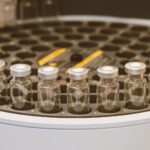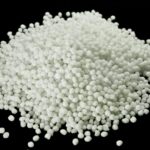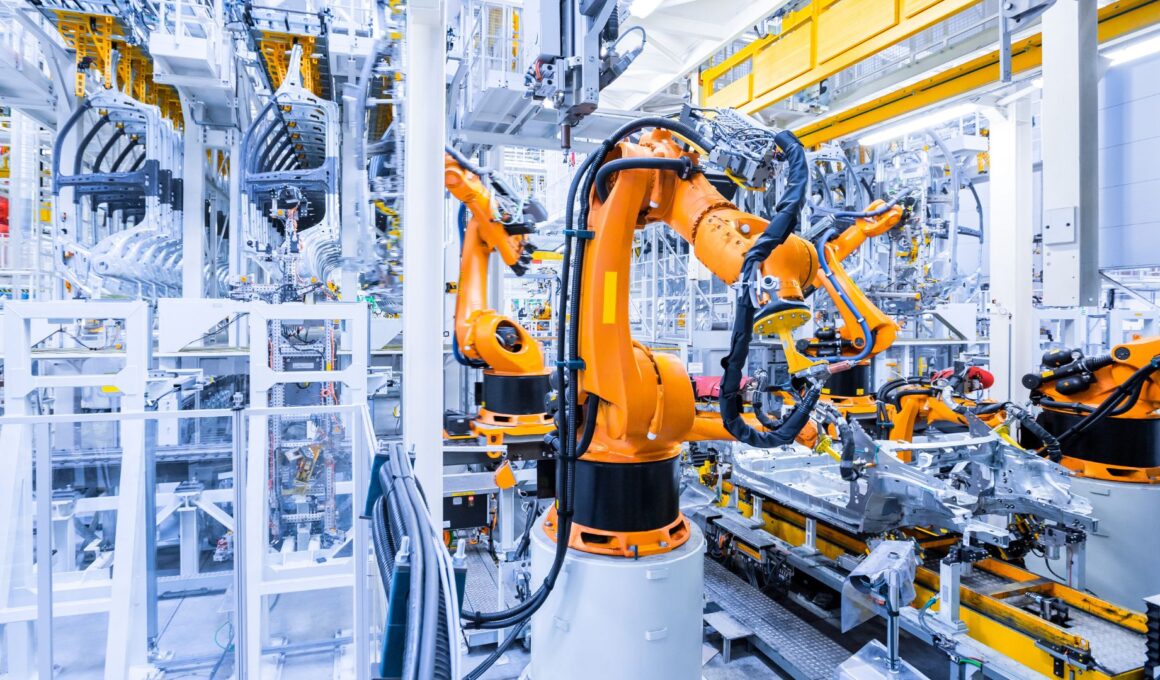Continuous manufacturing has emerged as a transformative approach in pharmaceutical manufacturing, offering increased efficiency, flexibility, and quality in drug production. This detailed note explores the requirements, production line structure, best practices, and challenges associated with implementing continuous manufacturing in the pharmaceutical industry.
Requirements for Continuous Manufacturing
1. Process Understanding:
- Thorough understanding of the drug formulation and manufacturing process, including critical quality attributes (CQAs) and critical process parameters (CPPs).
2. Regulatory Compliance:
- Adherence to regulatory guidelines and requirements, including Current Good Manufacturing Practices (cGMP) and validation standards.
3. Robust Analytical Methods:
- Development and validation of advanced analytical methods for real-time monitoring and control of product quality.
4. Process Control Software:
- Implementation of advanced process control software for precise monitoring and adjustment of manufacturing variables.
5. Quality by Design (QbD):
- Integration of QbD principles to design and optimize the continuous manufacturing process.
Production Line Structure
A typical continuous manufacturing setup in pharmaceuticals consists of the following components:
1. Powder Feeder:
- Provides a continuous supply of raw materials, including active pharmaceutical ingredients (APIs) and excipients.
2. Mixing Unit:
- Utilizes continuous mixing technology to blend and homogenize the powder feed, ensuring consistent quality.
3. Granulation/Compaction Unit:
- Forms granules or compacts the blended powder into the desired dosage form.
4. Drying Unit:
- Removes moisture from the granules or compacts, ensuring proper product stability.
5. Tableting/Encapsulation Unit:
- Produces tablets or capsules from the dried granules or compacts.
6. Packaging Unit:
- Packages the final dosage forms for distribution.
Best Practices in Continuous Manufacturing
1. Real-Time Monitoring:
- Implement advanced process analytical technologies (PAT) for real-time monitoring of CPPs and CQAs.
2. Quality Control Integration:
- Integrate quality control measures within the continuous manufacturing process to facilitate immediate adjustments.
3. Data Management:
- Establish robust data management and analysis systems to ensure data integrity and compliance with regulatory standards.
4. Scaling Strategies:
- Develop strategies for scaling up or down to accommodate varying production demands.
5. Operator Training:
- Provide comprehensive training to operators and ensure they are proficient in continuous manufacturing operations.
6. Cleaning and Maintenance:
- Implement strict cleaning and maintenance protocols to prevent cross-contamination and equipment breakdowns.
Challenges in Continuous Manufacturing
1. Regulatory Hurdles:
- Adapting to regulatory changes and ensuring continuous compliance with evolving guidelines can be challenging.
2. Equipment Complexity:
- Continuous manufacturing systems often involve complex equipment, which requires specialized maintenance and operator skills.
3. Process Variability:
- Maintaining consistent product quality in the face of variable raw materials or process conditions can be a challenge.
4. Capital Investment:
- The initial investment required for setting up a continuous manufacturing line can be substantial.
5. Operator Training:
- Ensuring that operators are proficient in handling continuous manufacturing equipment and processes can be time-consuming.
Continuous manufacturing is revolutionizing pharmaceutical production by offering enhanced efficiency and product quality. To successfully implement continuous manufacturing, pharmaceutical companies must meet regulatory requirements, invest in robust analytical methods and process control software, and adhere to best practices. While challenges exist, the benefits of continuous manufacturing, including reduced lead times, improved process control, and enhanced flexibility, make it a compelling choice for the future of pharmaceutical manufacturing.







